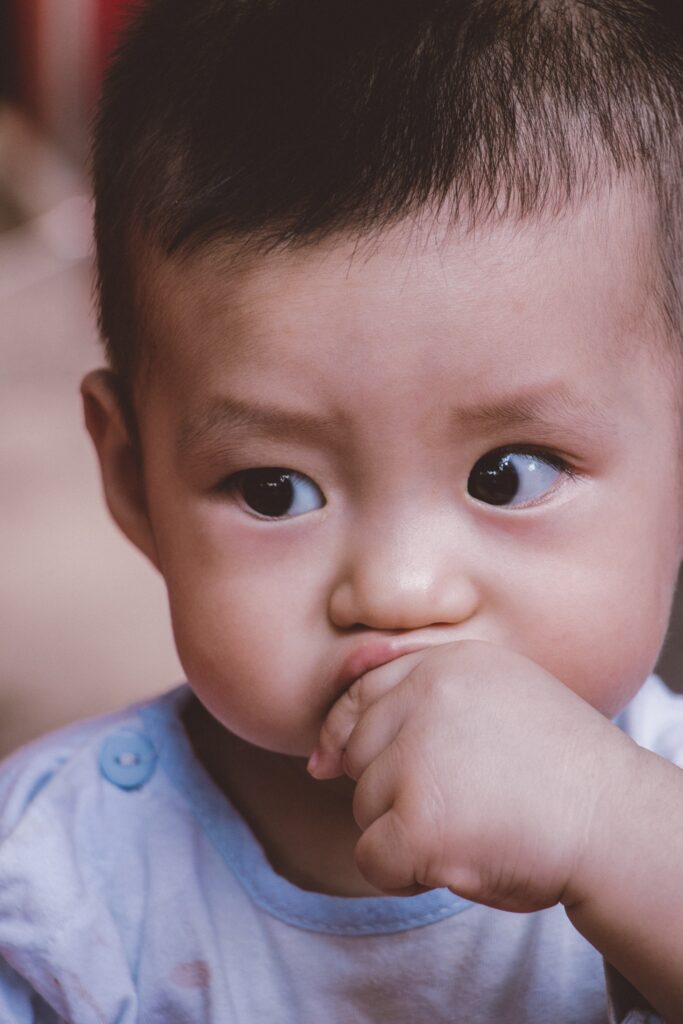Hand, foot and mouth disease is a mild yet contagious viral infection that is common in young children and is characterized by sores in the mouth as well as a rash on the hands and feet. The most common cause of hand, foot and mouth disease is the coxsackievirus.
The Symptoms

This disease may cause some of the following symptoms and signs or it might cause all of them.
These symptoms and signs include:
- Fever
- Sore throat
- Feeling unwell
- Red blisters-like lesions on the tongue, gums and inside of the cheeks that are painful.
- A red rash that has no itching but sometimes blistering, on the palms, soles and possibly the buttocks.
- Signs of irritability in infants and toddlers.
- Loss of appetite
The usual time between the initial infection to the first signs and symptoms is known as the incubation period which is three to six days. The first sign of hand, foot and mouth disease is often a fever, that is followed by a sore throat and possibly a poor appetite and feeling unwell.
Painful sores may begin to develop in the front of the mouth or throat one or two days after the fever has begun. A rash might follow within one or two days that will be present on the hands and feet as well as possibly the buttocks.
Sores that have developed in the back of the mouth and throat may suggest that your child has been infected with a related viral illness known as herpangina. Other signs of herpangina include a sudden spike in fever and in some cases, seizures. It is very rare that sores develop on the hands, feet or on other parts of the body.
When to Visit The Doctor

This is oftentimes a minor illness causing no more than only a few days of fever as well as relatively mild signs and symptoms. Contact your doctor immediately if mouth sores or a sore throat is keeping your child from drinking fluids as well as if your child’s signs and symptoms worsen after a few days.
The Causes
Infection with the coxsackievirus A16 is the most common cause of this disease. The coxsackievirus is known to belong to a group of viruses called nonpolio enteroviruses. There are other types of enteroviruses that sometimes cause hand, foot and mouth disease.
The main source of coxsackievirus infection and hand, foot and mouth disease is by oral ingestion.
The illness can spread by person to person contact with an infected person’s:
- Nasal secretions or throat discharge
- Saliva
- Fluid from blisters
- Stool
- Respiratory droplets that have sprayed through the air after an infected individual coughs or sneezes.
Childcare Settings
Hand, foot and mouth disease is extremely common in children that are in childcare settings due to the frequent diaper changes as well as toilet training. Little children often put their hands in their mouths, which is a contributing factor.
Although your child will be most contagious during their first week of having the illness, the virus may remain in their body for weeks after the initial signs and symptoms are gone. In short, this means that your child could still possibly infect others.
Adults could possibly spread the virus without ever showing any symptoms of infection. The disease has common outbreaks during summer and autumn in the United States. In more tropical climates, outbreaks can occur year-round.
It Differs from Foot and Mouth Disease
There is no relation between this and foot and mouth disease, also known as hoof-and-mouth disease, which is an infectious and viral disease that is found in farm animals. You cannot become infected with hand, foot and mouth disease from pets or other animals, and you won’t transmit it to them.
Risk Factors

Hand, foot and mouth disease primarily affect children that are younger than age 10, often children under 5 years of age. Children that go to child care centers are especially susceptible to any outbreaks of hand, foot and mouth disease due to the infection spreading by person to person contact.
Children generally develop immunity to hand, foot and mouth disease as they become older by building antibodies after they have been exposed to the virus that causes the disease. It is, however, possible for adolescents and adults to get hand, foot and mouth disease.
Possible Complications
Dehydration is the most common complication of the disease. The illness often causes sores in the mouth and throat that make swallowing painful and difficult.
It is important to watch your child closely to ensure that they frequently sip fluid during the course of the illness. If dehydration becomes severe, intravenous (IV) fluids may be a necessary step.
Hand, foot and mouth disease is usually a minor illness that causes only a few days of fever as well as relatively mild signs and symptoms. A serious but rare form of the coxsackievirus may involve the brain and cause other complications:
- Viral Meningitis: This is an infection and inflammation of the membranes (meninges) and cerebrospinal fluid that surrounds the brain and spinal cord. This is, however, rare.
- Encephalitis: This is not only a severe but potentially life-threatening disease that involves inflammation that is caused by a virus. Encephalitis is just as rare.
Preventing is Better Than Cure!

There are certain precautions that you can take to help reduce the risk of infection with hand, foot and mouth disease.
- Be sure to wash hands carefully: Wash your hands frequently and thoroughly, especially if you’ve used the toilet or changed a diaper before you prepare food or eat. In the event that soap and water are unavailable, hand wipes or gels that have been treated with germ-killing alcohol will do.
- Disinfect all common areas: Form a habit of cleaning areas that are high traffic and surfaces with soap and water first, then with a solution of chlorine bleach that has been diluted with water. A strict schedule of cleaning as well as disinfecting common areas should be followed by childcare centers. Shared items such as toys should be cleaned as well, as the virus can survive on these objects for days. Be sure to clean your baby’s pacifiers often.
- Teach your family good hygiene: Ensure your children practice good hygiene and teach them how to keep themselves clean. Explain to your children why it is best to not put their fingers, hands or any other objects into their mouths.
- Isolate contagious individuals: It is highly contagious, therefore, those with the illness should limit their exposure to others while their signs and symptoms are active. Be sure to keep children with hand, foot and mouth disease out of child care or school until their fever has broken and the sores in their mouth have healed. If you have contracted the illness, take a few days off work.
In a Nutshell
There is no treatment specific for hand-foot-and-mouth disease. Be sure to wash your hands frequently as well as avoid close contact with individuals who currently have the infection to reduce your child’s risk of infection.

